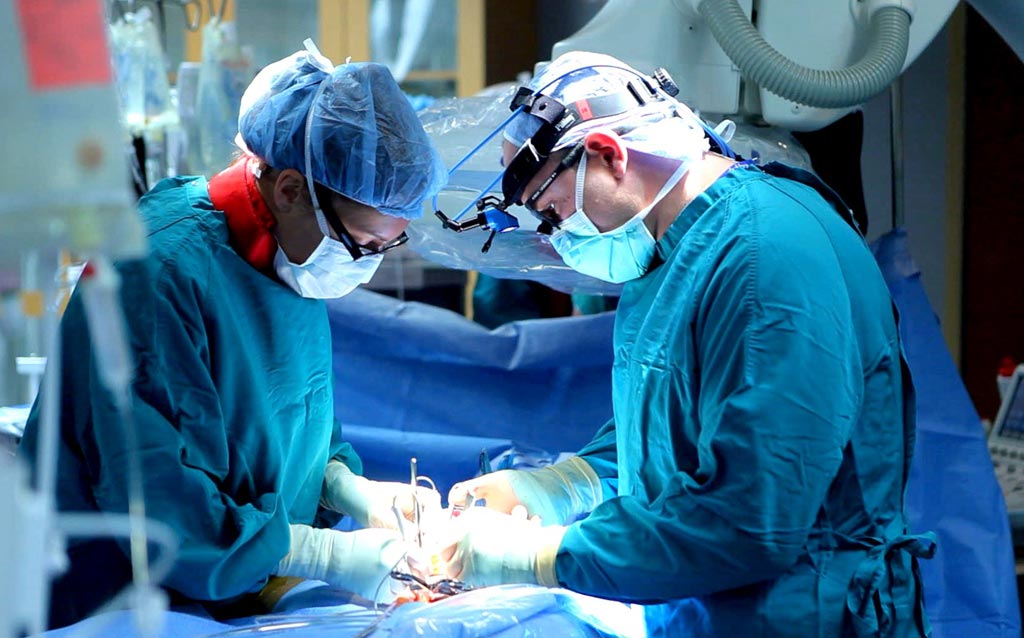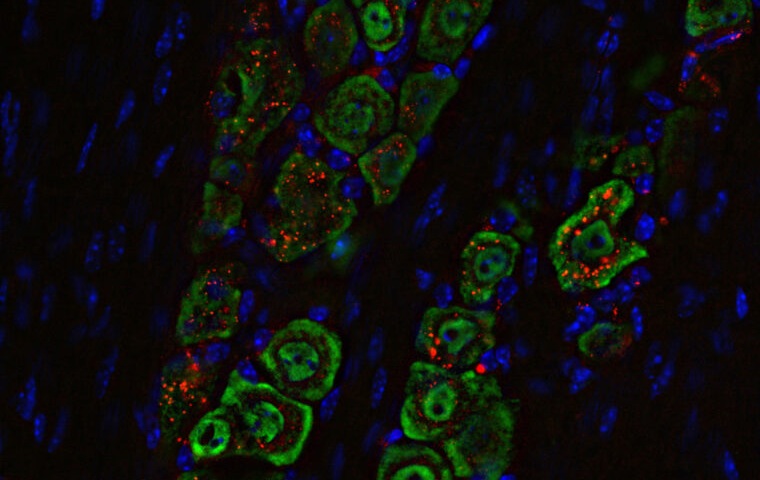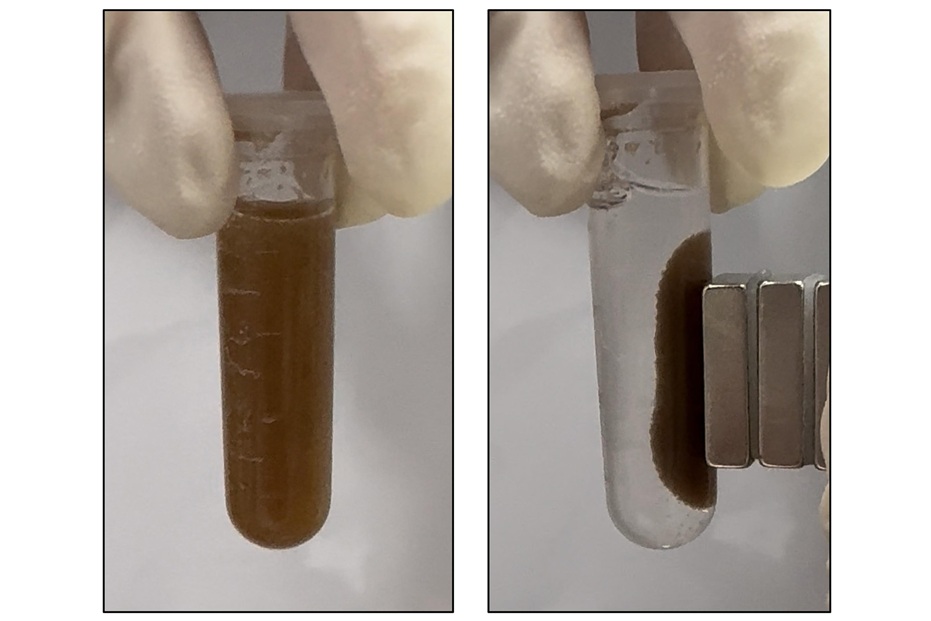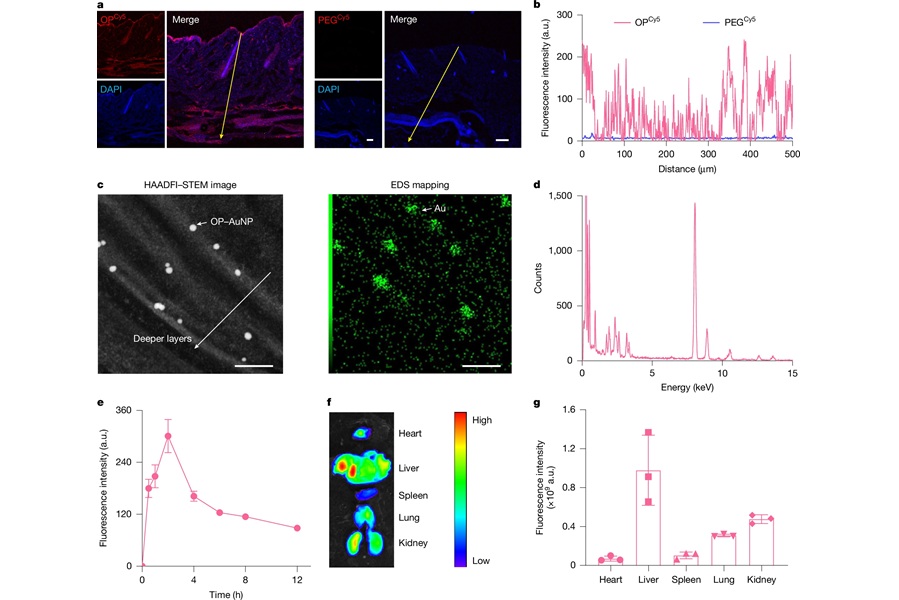Glucagon Delivery System Treats Post-Bariatric Hypoglycemia
|
By HospiMedica International staff writers Posted on 30 Jan 2020 |

Illustration
A new study describes a closed-loop system that automatically provides patients with an appropriate, as-needed dose of liquid glucagon to treat post-bariatric hypoglycemia (PBH).
Developed by researchers at the Joslin Diabetes Center (Boston, MA, USA) and Harvard University (Cambridge, MA, USA), the system is comprised of a continuous glucose monitor (CGM) device and a patch infusion glucagon pump. A glucose-responsive automated delivery system detects hypoglycemia, which is then mitigated via an algorithmic application that delivers up to two doses of glucagon when triggered. The closed-loop system allows patients to go about their daily activities without the fear of dipping into dangerous hypoglycemia.
In a study of the system that involved 12 patients (mean age 52 years), hypoglycemia was induced in each patient after being hooked up to the system, and the algorithm was allowed to sense impending low blood sugar levels and automatically deliver an appropriate glucagon dose, under supervision by the medical team. The results showed that nadir plasma glucose was higher with glucagon that with placebo and that no rebound hyperglycemia occurred. The study was published on November 12, 2019, in The Journal of Clinical Endocrinology & Metabolism.
“Post-bariatric hypoglycemia is a profoundly life-altering condition for patients. Having unpredictable hypoglycemia that people can't detect is really an unsafe situation. This system provides a way to help individuals keep their glucose in a safe range,” said senior author Mary Elizabeth Patti, MD, of Harvard Medical School and Joslin. “Using the system to detect an upcoming severe low and treat it before it gets unsafe would be so important to improve safety and quality of life of patients with this type of hypoglycemia.”
“The way that we look at it, it is very similar to how in your car, you have an airbag. You don't use that airbag every time that you stop at a traffic light, but when there is a severe event and there's a need to prevent catastrophe, the airbag will be deployed,” said study co-author Eyal Dassau, PhD, director of the Biomedical Systems Engineering Research Group at Harvard. “We employing the same idea for the glucagon system: we detect, we analyze and then we deliver automatically a mini dose of glucagon. You can start with a very low dose of glucagon as it's needed, and add an additional small dose if indicated without overdosing.”
PBH can occur in the context of the dumping syndrome, which can occur postoperatively in up to half of gastric bypass patients with ingestion of simple sugars. Early dumping, a result of rapid emptying of food into the jejunum due to surgically altered anatomy, is characterized by flushing, tachycardia, abdominal pain, and diarrhea. Late dumping occurs after meal ingestion and is a consequence of the brisk insulin response to the hyperglycemia that results from the rapid absorption of simple sugars from the proximal small intestine.
Related Links:
Joslin Diabetes Center
Harvard University
Developed by researchers at the Joslin Diabetes Center (Boston, MA, USA) and Harvard University (Cambridge, MA, USA), the system is comprised of a continuous glucose monitor (CGM) device and a patch infusion glucagon pump. A glucose-responsive automated delivery system detects hypoglycemia, which is then mitigated via an algorithmic application that delivers up to two doses of glucagon when triggered. The closed-loop system allows patients to go about their daily activities without the fear of dipping into dangerous hypoglycemia.
In a study of the system that involved 12 patients (mean age 52 years), hypoglycemia was induced in each patient after being hooked up to the system, and the algorithm was allowed to sense impending low blood sugar levels and automatically deliver an appropriate glucagon dose, under supervision by the medical team. The results showed that nadir plasma glucose was higher with glucagon that with placebo and that no rebound hyperglycemia occurred. The study was published on November 12, 2019, in The Journal of Clinical Endocrinology & Metabolism.
“Post-bariatric hypoglycemia is a profoundly life-altering condition for patients. Having unpredictable hypoglycemia that people can't detect is really an unsafe situation. This system provides a way to help individuals keep their glucose in a safe range,” said senior author Mary Elizabeth Patti, MD, of Harvard Medical School and Joslin. “Using the system to detect an upcoming severe low and treat it before it gets unsafe would be so important to improve safety and quality of life of patients with this type of hypoglycemia.”
“The way that we look at it, it is very similar to how in your car, you have an airbag. You don't use that airbag every time that you stop at a traffic light, but when there is a severe event and there's a need to prevent catastrophe, the airbag will be deployed,” said study co-author Eyal Dassau, PhD, director of the Biomedical Systems Engineering Research Group at Harvard. “We employing the same idea for the glucagon system: we detect, we analyze and then we deliver automatically a mini dose of glucagon. You can start with a very low dose of glucagon as it's needed, and add an additional small dose if indicated without overdosing.”
PBH can occur in the context of the dumping syndrome, which can occur postoperatively in up to half of gastric bypass patients with ingestion of simple sugars. Early dumping, a result of rapid emptying of food into the jejunum due to surgically altered anatomy, is characterized by flushing, tachycardia, abdominal pain, and diarrhea. Late dumping occurs after meal ingestion and is a consequence of the brisk insulin response to the hyperglycemia that results from the rapid absorption of simple sugars from the proximal small intestine.
Related Links:
Joslin Diabetes Center
Harvard University
Latest Surgical Techniques News
- Novel Endoscopy Technique Provides Access to Deep Lung Tumors
- New Study Findings Could Halve Number of Stent Procedures
- Breakthrough Surgical Device Redefines Hip Arthroscopy
- Automated System Enables Real-Time "Molecular Pathology" During Cancer Surgery
- Groundbreaking Procedure Combines New Treatments for Liver Tumors
- Ablation Reduces Stroke Risk Associated with Atrial Fibrillation
- Optical Tracking Method Identifies Target Areas in Robot-Assisted Neurosurgery
- General Anesthesia Improves Post-Surgery Outcomes for Acute Stroke Patients
- Drug-Coated Balloons Can Replace Stents Even in Larger Coronary Arteries
- Magnetic Kidney Stone Retrieval Device Outperforms Ureteroscopic Laser Lithotripsy
- Absorbable Skull Device Could Replace Traditional Metal Implants Used After Brain Surgery
- Magic Silicone Liquid Powered Robots Perform MIS in Narrow Cavities
- 'Lab-on-a-Scalpel' Provides Real-Time Surgical Insights for POC Diagnostics in OR
- Biodegradable Brain Implant Prevents Glioblastoma Recurrence
- Tiny 3D Printer Reconstructs Tissues During Vocal Cord Surgery
- Minimally Invasive Procedure for Aortic Valve Disease Has Similar Outcomes as Surgery
Channels
Critical Care
view channel
Nasal Drops Fight Brain Tumors Noninvasively
Glioblastoma is one of the most aggressive and fatal brain cancers, progressing rapidly and leaving patients with very limited treatment options. A major challenge has been delivering effective therapies... Read more
AI Helps Optimize Therapy Selection and Dosing for Septic Shock
Septic shock is a life-threatening complication of sepsis and remains a leading cause of hospital deaths worldwide. Patients experience dangerously low blood pressure that can rapidly lead to organ failure,... Read more
Glowing Bacteria ‘Pills’ for Detecting Gut Diseases Could Eliminate Colonoscopies
Diagnosing gastrointestinal diseases such as colitis and colorectal cancer often relies on colonoscopy, an invasive procedure that many patients avoid despite ongoing symptoms like bleeding, cramping, and diarrhoea.... Read morePatient Care
view channel
Revolutionary Automatic IV-Line Flushing Device to Enhance Infusion Care
More than 80% of in-hospital patients receive intravenous (IV) therapy. Every dose of IV medicine delivered in a small volume (<250 mL) infusion bag should be followed by subsequent flushing to ensure... Read more
VR Training Tool Combats Contamination of Portable Medical Equipment
Healthcare-associated infections (HAIs) impact one in every 31 patients, cause nearly 100,000 deaths each year, and cost USD 28.4 billion in direct medical expenses. Notably, up to 75% of these infections... Read more
Portable Biosensor Platform to Reduce Hospital-Acquired Infections
Approximately 4 million patients in the European Union acquire healthcare-associated infections (HAIs) or nosocomial infections each year, with around 37,000 deaths directly resulting from these infections,... Read moreFirst-Of-Its-Kind Portable Germicidal Light Technology Disinfects High-Touch Clinical Surfaces in Seconds
Reducing healthcare-acquired infections (HAIs) remains a pressing issue within global healthcare systems. In the United States alone, 1.7 million patients contract HAIs annually, leading to approximately... Read moreHealth IT
view channel
EMR-Based Tool Predicts Graft Failure After Kidney Transplant
Kidney transplantation offers patients with end-stage kidney disease longer survival and better quality of life than dialysis, yet graft failure remains a major challenge. Although a successful transplant... Read more
Printable Molecule-Selective Nanoparticles Enable Mass Production of Wearable Biosensors
The future of medicine is likely to focus on the personalization of healthcare—understanding exactly what an individual requires and delivering the appropriate combination of nutrients, metabolites, and... Read moreBusiness
view channel
Philips and Masimo Partner to Advance Patient Monitoring Measurement Technologies
Royal Philips (Amsterdam, Netherlands) and Masimo (Irvine, California, USA) have renewed their multi-year strategic collaboration, combining Philips’ expertise in patient monitoring with Masimo’s noninvasive... Read more
B. Braun Acquires Digital Microsurgery Company True Digital Surgery
The high-end microsurgery market in neurosurgery, spine, and ENT is undergoing a significant transformation. Traditional analog microscopes are giving way to digital exoscopes, which provide improved visualization,... Read more
CMEF 2025 to Promote Holistic and High-Quality Development of Medical and Health Industry
The 92nd China International Medical Equipment Fair (CMEF 2025) Autumn Exhibition is scheduled to be held from September 26 to 29 at the China Import and Export Fair Complex (Canton Fair Complex) in Guangzhou.... Read more









.jpg)




